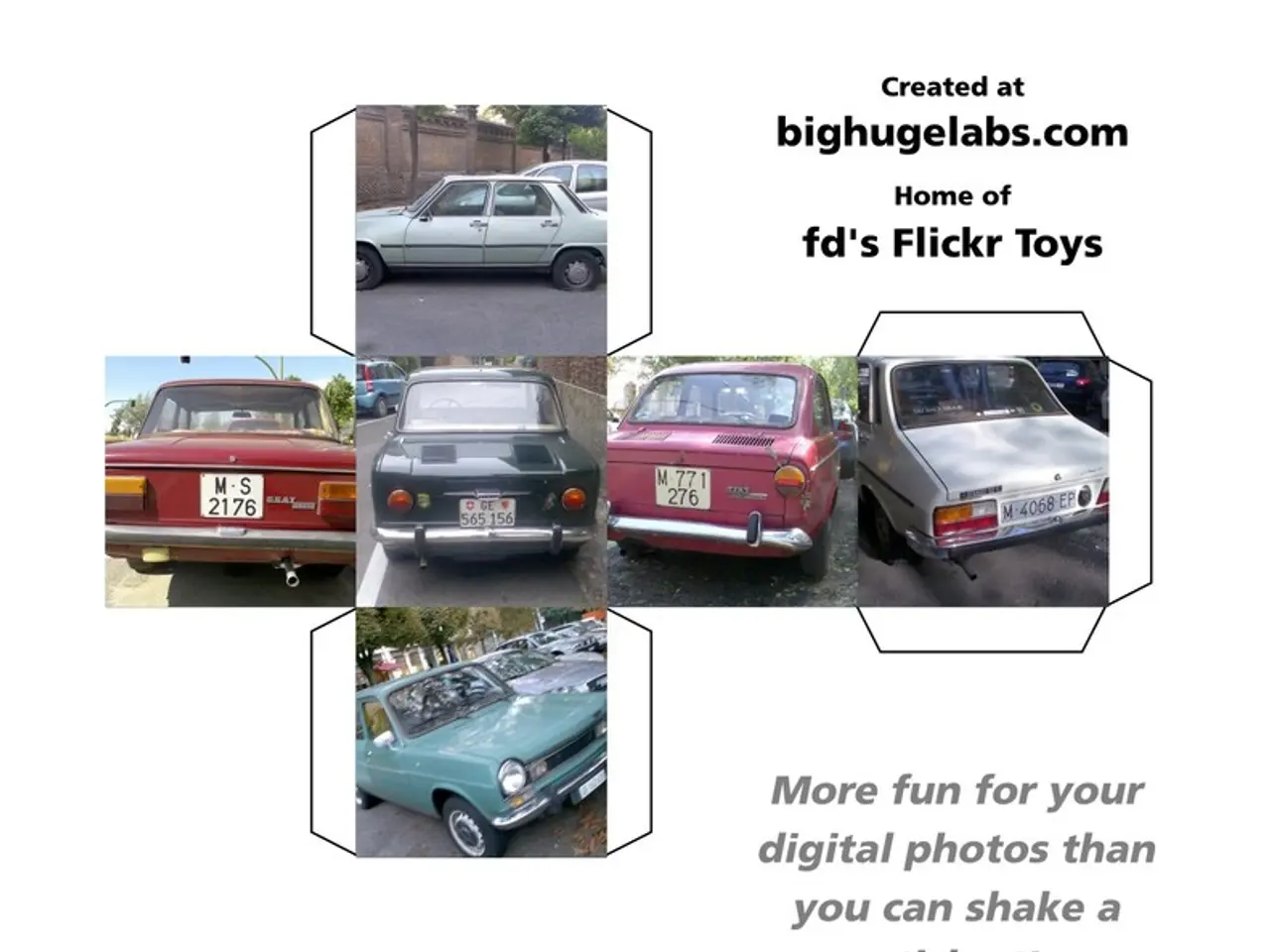Helsinki achieved an unprecedented milestone by remaining traffic fatality-free for an entire year – let's delve into the strategies employed.
In the heart of Scandinavia, three cities - Helsinki, Oslo, and Stockholm - have made a remarkable stride towards road safety. Each city has managed to record years with zero traffic-related deaths, a feat that is becoming increasingly sought after by urban areas worldwide.
Let's take a closer look at how these cities have achieved this milestone.
Helsinki, Finland, recorded an entire year (2024) with zero traffic-related deaths. The city's success can be attributed to the adoption of the Vision Zero approach, a philosophy that prioritizes reducing car dominance, lowering speeds, and enhancing infrastructure for pedestrians and cyclists. Key measures included reducing speed limits to 30 km/h (19 mph) in residential areas and 50 km/h (31 mph) on main roads, making collisions less likely. The city also benefits from lower car ownership and a strong public transport system, with many residents walking or biking to work or school, further reducing traffic risk.
Oslo, the capital of Norway, achieved zero pedestrian and cyclist fatalities in 2019. The success in Oslo was driven by a clear political choice to make driving more difficult, more expensive, and less convenient. Oslo has systematically removed on-street parking spaces and increased road tolls. To make walking and cycling safe and attractive, infrastructure must be physically protected and fully connected.
Stockholm focused on making key travel routes accessible only by foot or bike and worked extensively to close small but critical gaps in the pedestrian infrastructure, often informed by citizen feedback. By prioritizing continuous, safe, and convenient pedestrian and bicycle networks, Stockholm reduced traffic exposure to vulnerable road users effectively.
These cities' strategies share common themes:
- Adopting Vision Zero principles, treating traffic deaths as preventable.
- Reducing vehicle speeds to lessen crash severity.
- Politically prioritizing pedestrian and cyclist infrastructure over car use.
- Using road pricing and parking policies to discourage car dominance.
- Investing heavily in public transport and active travel modes.
- Engaging citizens actively in urban planning to address safety gaps.
Achieving a similar level of safety in any urban area requires a fundamental shift in philosophy and a portfolio of proven, evidence-based strategies. This creates a safe, low-stress environment that encourages a modal shift away from cars.
Europe, and Scandinavia in particular, constantly outperforms the US in terms of road safety. The key to their success lies in smarter street design, prioritizing pedestrian and cycling infrastructure, and substantial investments in public transit. Ensuring investments in public transit and automated cameras is the next step towards maintaining these safety standards.
The single most impactful change is a lower speed limit. More than half of Helsinki's streets have a speed limit of 30 km/h (approximately 20 mph). To make Helsinki, Oslo, and Stockholm's successes replicable in other cities, implementing the Vision Zero approach and adopting similar strategies could be the key.
[1] Road Safety Vision Zero: Achieving Zero Traffic Fatalities in Urban Areas, World Health Organization, 2020. [2] The Vision Zero Cities Partnership: A Global Network of Cities Committed to Eliminating Traffic Fatalities and Serious Injuries, National Association of City Transportation Officials, 2021. [3] Helsinki's Vision Zero: Achieving Zero Traffic Deaths in a Full Year, City of Helsinki, 2025.
- Celebrating the stride towards road safety, cities like Helsinki, Oslo, and Stockholm have shown that a focus on health-and-wellness, through prioritizing walking and cycling, can lead to a lower risk of traffic accidents.
- To support this, various industries such as science and finance, have recognized the importance of investment in transportation infrastructure and public transit, contributing significantly to the success of these cities.
- Space and science might seem unrelated at first, but satellites and data analytics have played an essential role in monitoring traffic patterns, helping cities optimize their infrastructures for improved safety.
- In the realm of fitness-and-exercise, lower vehicle speeds have also created a safer environment for children to walk or bike to school, encouraging an active lifestyle and fostering healthier communities.




